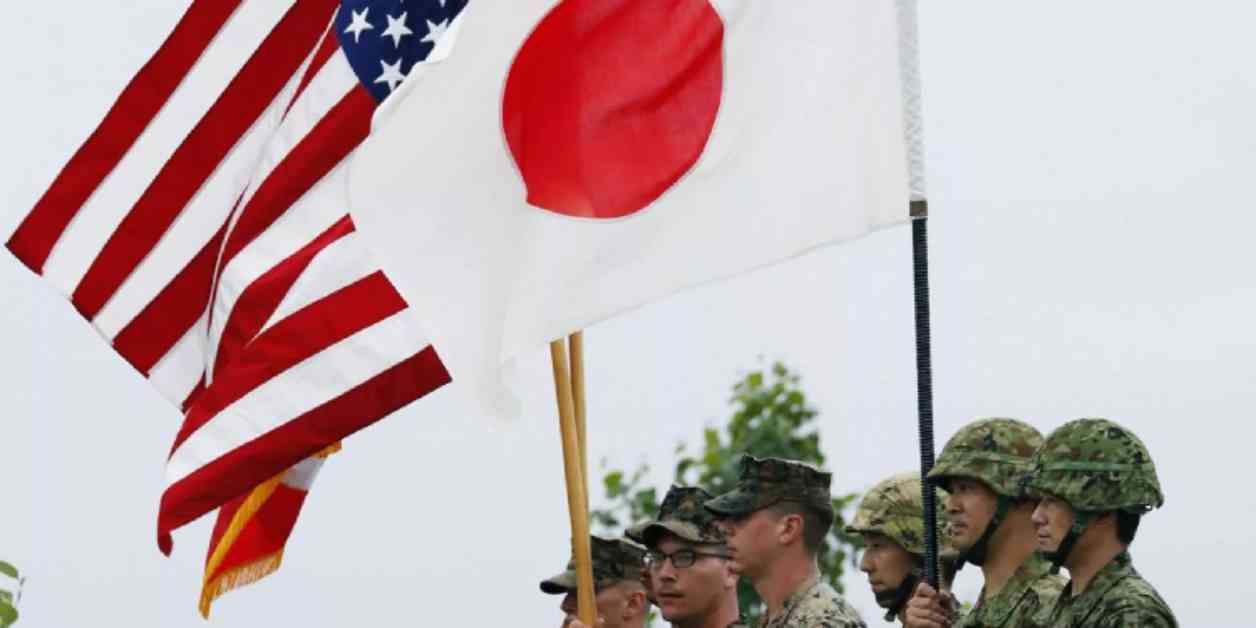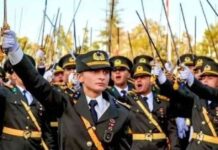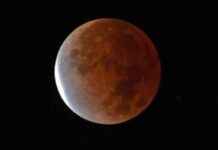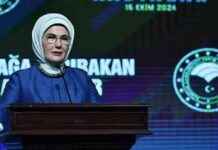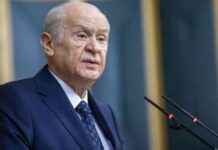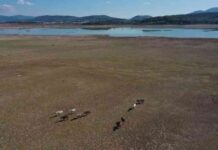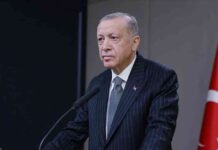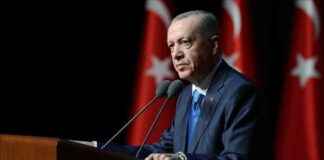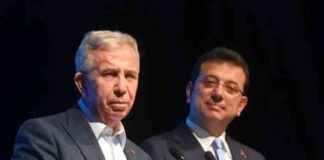The US Secretary of the Army Christine Wormuth stated that after the military exercise conducted in Japan last month, she is considering deploying the medium-range missile system known as Typhon in the country.
In April, the US military deployed the Typhon launcher, capable of firing Tomahawk cruise missiles with a range of 1,600 kilometers and SM-6 missiles, for joint military exercises in the Indo-Pacific region north of the Philippines. This deployment is scheduled to end within this month.
This move drew a reaction from China.
In 1987, Trump withdrew from the agreement
This deployment was the first sending of medium-range land-based missiles abroad by the US since President Trump’s withdrawal from the Intermediate-Range Nuclear Forces Treaty in 2019. Under this agreement, all ground-launched missiles with a range between 500 and 5,500 kilometers, both conventional and nuclear, were banned.
In recent years, Japan has repeatedly rejected many media reports highlighting the possibility of the US deploying similar weapons to allied countries. Observers say that winning public support in Japan for such a step would be difficult because deploying these weapons to Japan could make these systems a target of China’s strong missile arsenal.
Beijing reacted: The weapon can hit the Chinese mainland
According to the latest annual report on the Chinese military by the Pentagon, Beijing is estimated to have 1,850 missiles with a range of 1,000 to 5,500 kilometers.
Nevertheless, such a step is believed to help deter Beijing, especially affecting the southwestern islands of Japan near Taiwan where China has increased military activities. Equipped with Tomahawk missiles and deployed to Japan’s remote islands, these weapons could cover Taiwan, parts of the South China Sea, and a large part of the Chinese mainland.
Beijing stated that deploying US weapons would increase the risk of ‘miscalculation and misunderstandings’ and that it was ‘strongly opposed’ to any deployment in the Indo-Pacific region.
Although Japan denies, there are photos
While there are some signs that Japan is taking steps in this direction, Tokyo denied these allegations.
Last month, General Kazuo Sakai, Chief of Staff of the Ground Component Command of the Japan Self-Defense Forces, visited the Lewis-McChord Joint Base, the headquarters of the US Army’s I Corps, located in Washington state.
Photos uploaded to the base’s official Facebook account show Sakai, the delegation, and Japanese and US military officials standing in front of a second Typhon battery belonging to the base.

